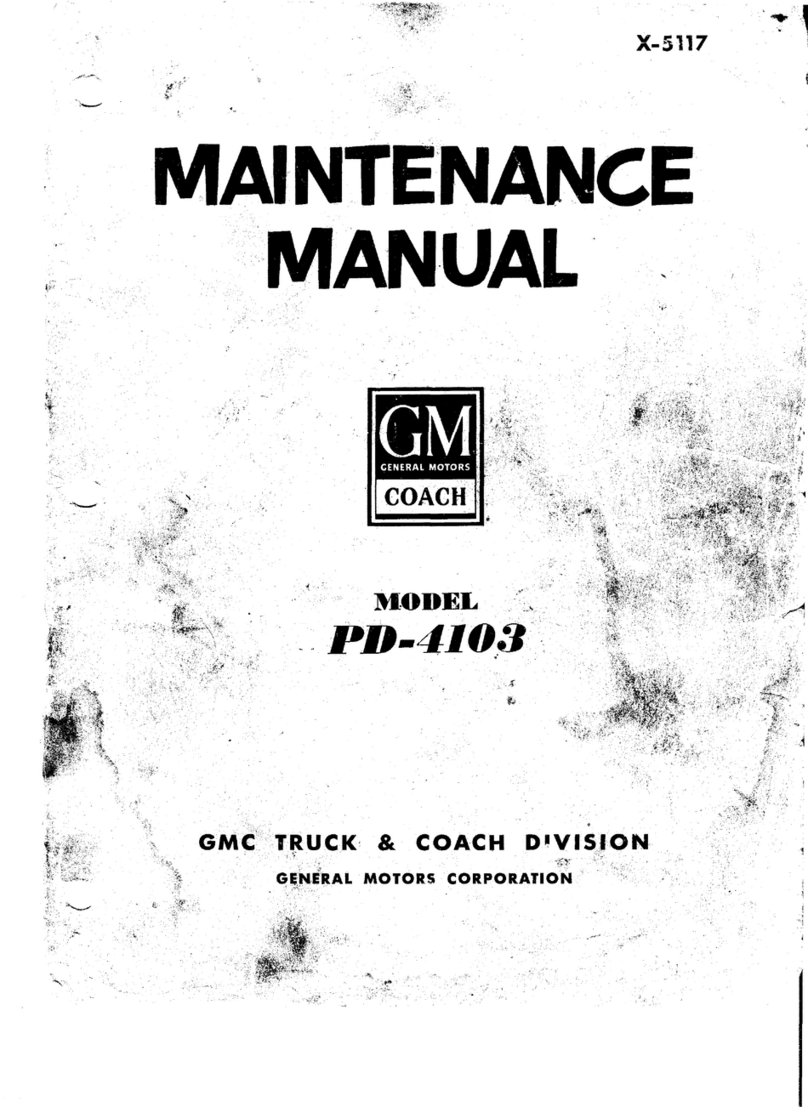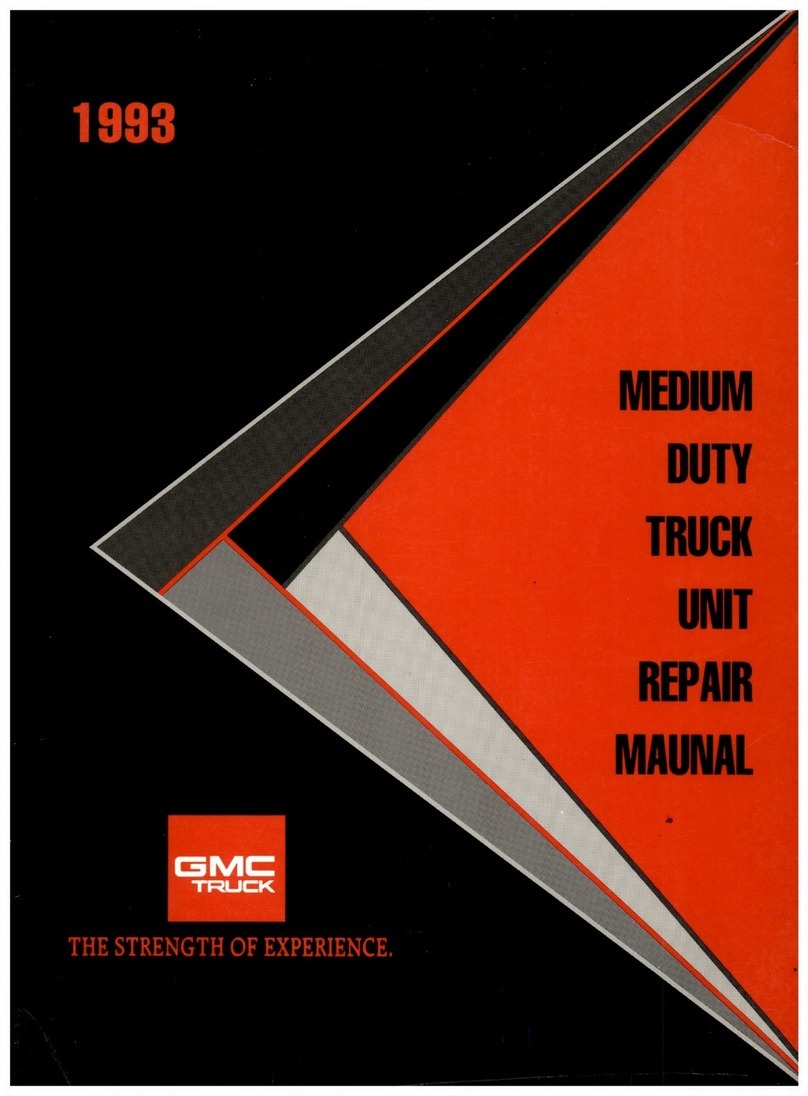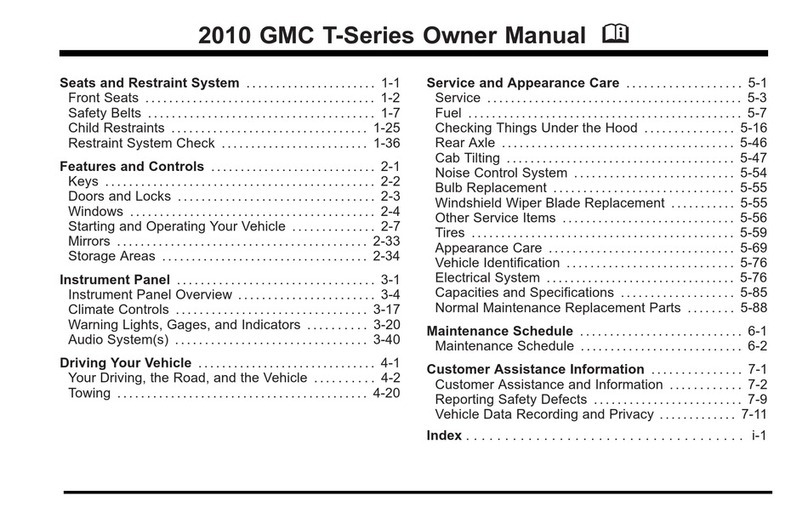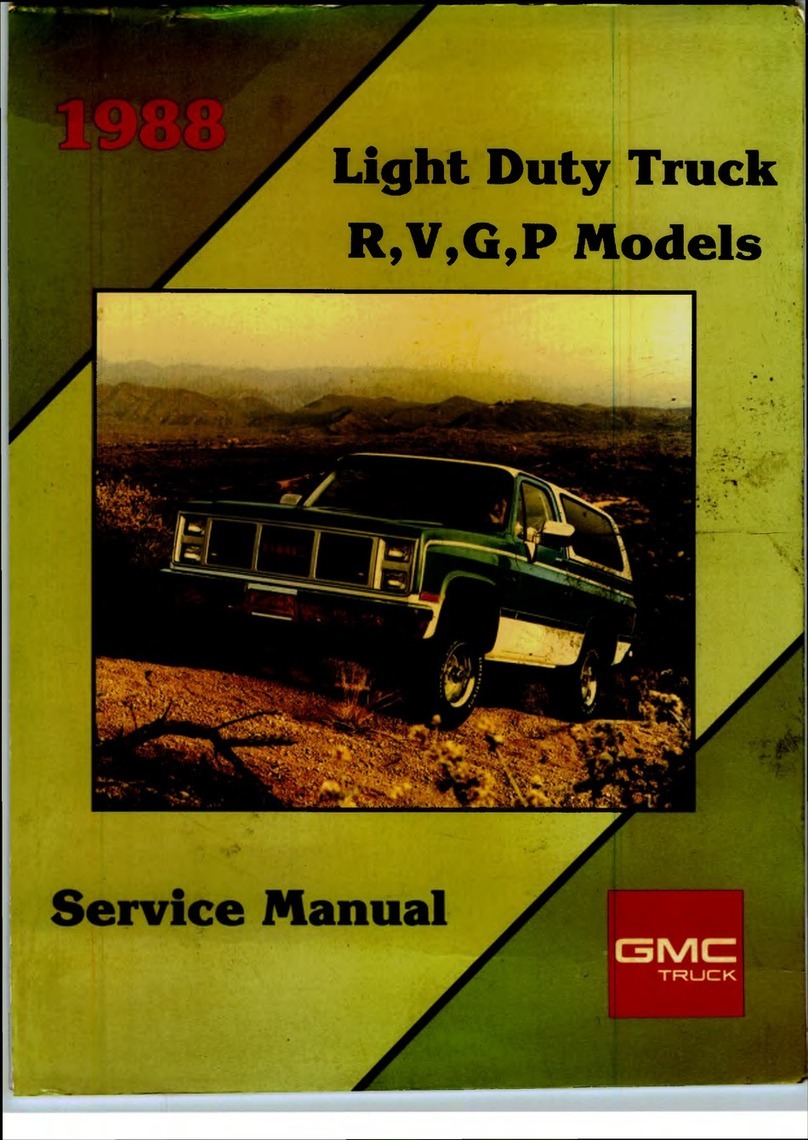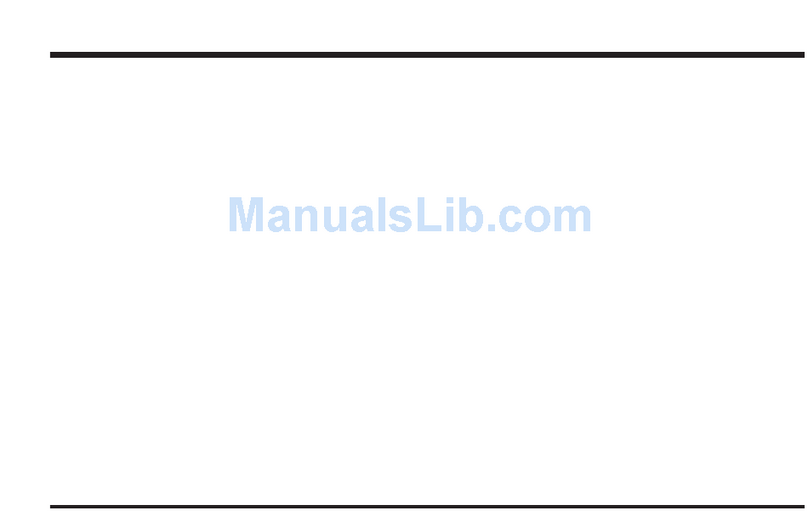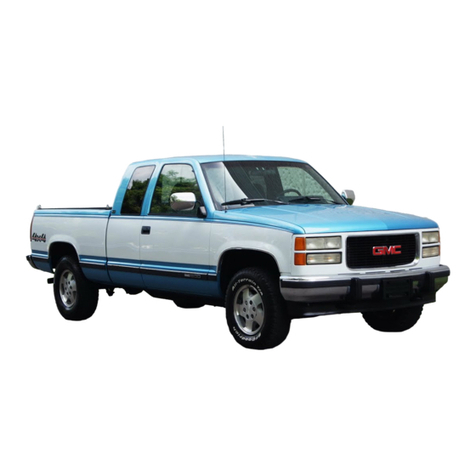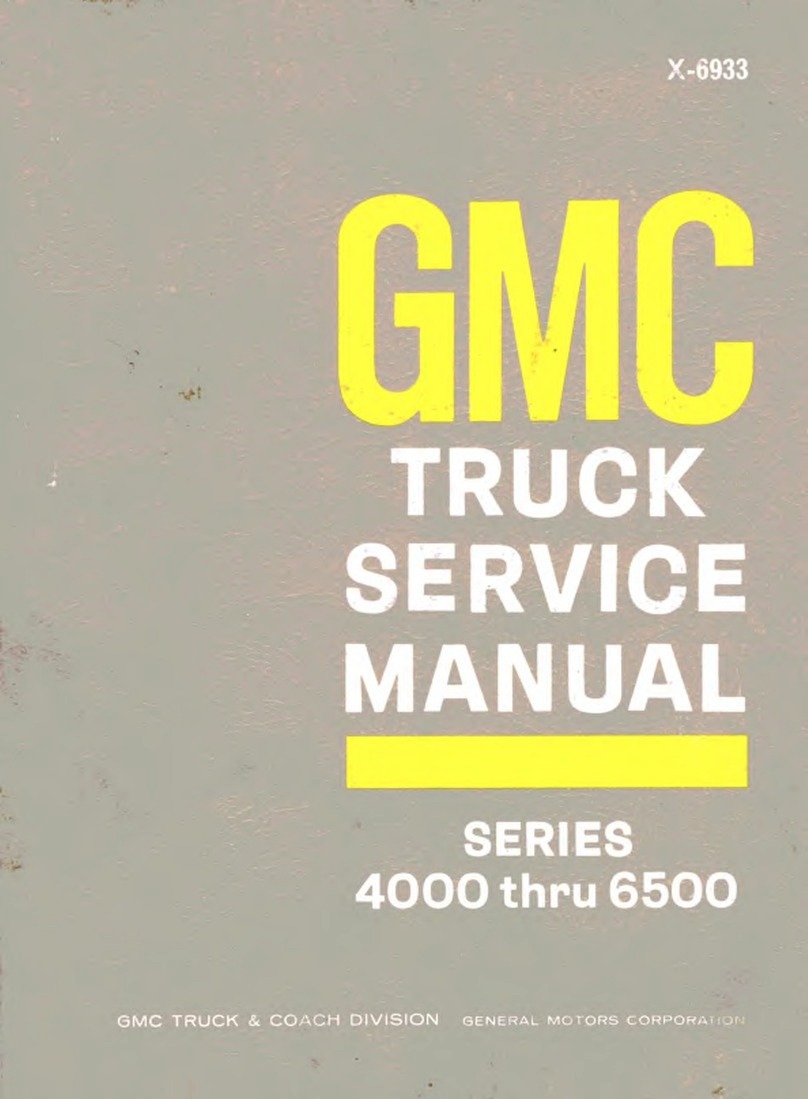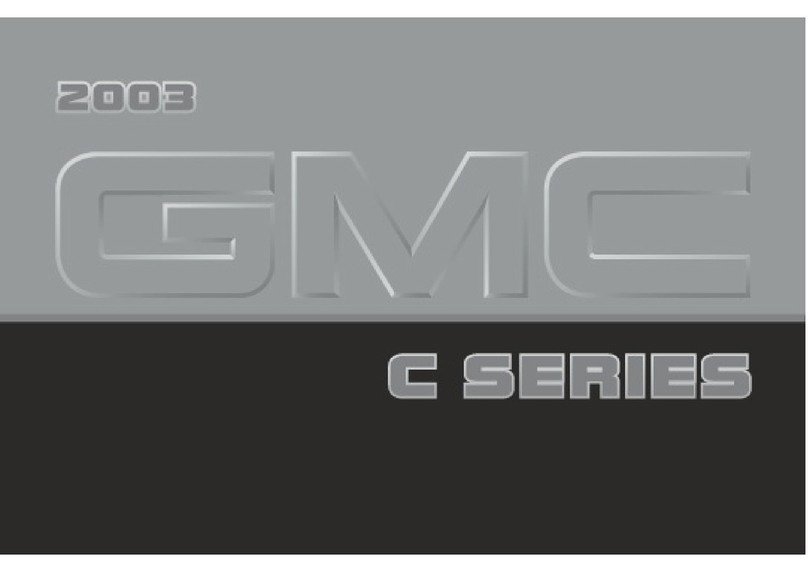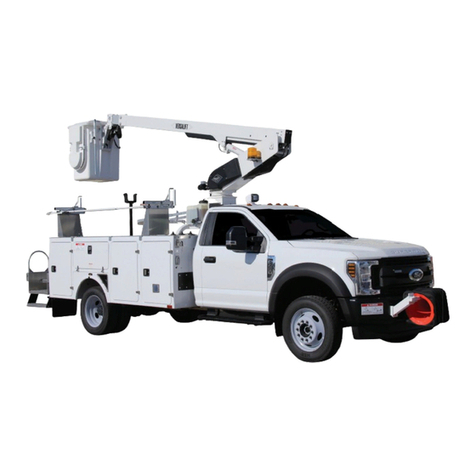WIRING DIAGRAMS 9
DIAGNOSTIC TOOLS
UNPOWEREO TEST LIGHT (Figure 1 )
This tool consists of a 12 volt light with leads. The ends
of the leads usually have alligator clamps, but various
kinds of probes, terminal spades, and special connectors
are used also.
The unpowered test light is used on an open circuit.
One lead of the test light is grounded and the other lead is
moved around the circuit to find the open. Depending on
the physical layout of the circuit, sometimes it will be
easier to start at the power supply and other times it is
easier to start at the circuit load or ground circuit.
POWERED TEST LIGHT (Figure 11)
This light is a pencil shaped unit with a self contained
battery, a 1.5 volt light bulb, a sharp probe and a ground
lead fitted with an alligator clip.
This test light is used mainly for testing components
that are disconnected from the vehicle power supply. The
power test light is also useful for testing suspected high
resistance points in a circuit such as connectors and
ground circuits that are corroded or loose.
JUMPER
The jumper is usually a long wire with alligator clamps.
A version of the jumper has a fuse holder in it with a 1
Amp fuse. This will prevent damaging the circuit if the
jumper is connected in the wrong way.
The jumper is used to locate opens in a circuit. One
end of the jumper is attached to a power source and then
the other end is attached to the load in the circuit, i.e.;
light, motor. If the load works, try “jumping” to circuit
points that are progressively closer to the power supply.
When the circuit load stops working, the open has been
located.
The jumper is also used to test components in the
circuit such as connectors, switches, and suspected high
resistance points.
NOTICE: The following instruments: Ammeter
Voltm eter and O hmm eter each have a
particular application for trouble shooting
electrical circuits.
When using a ammeter or voltmeter and the
value being tested is unknown always use the
highest scale first and work downward to a
midscale reading whenever possible. This will
avoid damage to the instrument.
Never use an ohmmeterr in a power circuit or
as a substitute for a voltmeter or ammeter as
damage to the instrument w ill result.
AMMETER (Figure 1 and 15)
Disconnect the circuit from the power source before
connecting the ammeter. The ammeter measures the
amount of electrical current, amperes, moving through a
conductor. The ammeter must be placed in series with the
circuit being tested. Be sure that the ammeter’s positive
terminal is connected to the positive (battery) side of the
circuit and is negative terminal to the negative (ground)
side of the circuit.
OHMMETER (Figure 13 and 15)
The ohmmeter is an instrument designed to indicate
resistance in ohms. It is used to test the condition of a unit
disconnected from the circuit.
Ohmmeter Calibration
When the ohmmeter probes are connected together, a
circuit is completed causing the meter needle to deflect.
The needle should read ZERO ohms, if it does not, rotate
the CAL or ADJ knob to ZERO the needle.
When the probes are held apart, the needle moves to
the maximum (infinite) resistance side of the scale.
The meter is now ready for use. Refer to figure 14 for a
typical application of the ohmmeter.
WIRING DIAGRAMS 10
VOLTMETER (Figures 14 and 15)
The voltmeter (properly observed) will give the
technician more information than the ammeter, ohmmeter
and test light combined. Its application for troubleshooting
here is to measure the electrical pressure (voltage) drop in
a resistance circuit (figure 14).
To use a voltmeter for troubleshooting an electrical
problem, connect it in parallel with the existing circuit
(figure 1 ). If the voltmeter is connected in series with the
circuit being tested, the nature of the circuit would be
changed and the reading would have no particular value
or use. Connect the meter terminals according to polarity
as shown in figure 14.
The dash mounted voltmeter (in the vehicle) should
also be observed for monitoring proper operation of the
generator battery cranking motor, and cranking circuit. In
this application, battery voltage drop can be monitored
while the engine is cranking; and after the engine is
running, generator output voltage can be monitored. This
can be a valuable first step prior to diagnosing other
electrical problems.
WIRING HARNESS AND WIRES
Every wire is a specific size with colored or striped
insulation that is indicated on the wiring diagrams.
Insulation colors help to trace circuits and to make proper
connections. Abbreviations and symbols used for
indicating wire insulation colors and patterns are as
follows:
.................
Blue
BLK
........... .............
Black BLU
BRN
........... ...........
Brown PPL.
CHK
........... ...........
Check TR . .
C R
........... .............
Cross YEL .
GRN...........
.............
Green II... .
NA T .........
...........
Natural WHT
SG L
........................Single STR .
O R N
........
...........Orange PNK
G R
...........
...............
Gray DK . .
. .Yellow
.Parallel
.Stripe
. .Pink
. .Dark
Some wires are grouped and taped together or
encased in a split plastic casing. This grouping of wires is
called a harness. For some purposes, it is more practical
to use a single wire protected by a braided tubing called a
loom.
VOLTS
VOLTMETER SCALE: Volts through 15 Volts
A = 3 Volts
B = 7 Volts
C = 13 Volts
AMPERES
AMMETER SCALE: Amperes through 1 Am peres
E = 1 Ampere
F = 1.8 Amperes
G = 9 Amperes
OHMMETER SCALE: 0 Ohms through Infinity ( o o )
H = 5 Ohms
I = 36 Ohms
J = 115 Ohms
K =35 Ohms
F- 1778
Figure 15—Meter Scales
